American Humane Rescue Team Works to Save Animal Victims of Oklahoma Flooding
May 28, 2019 Comments Off on American Humane Rescue Team Works to Save Animal Victims of Oklahoma Flooding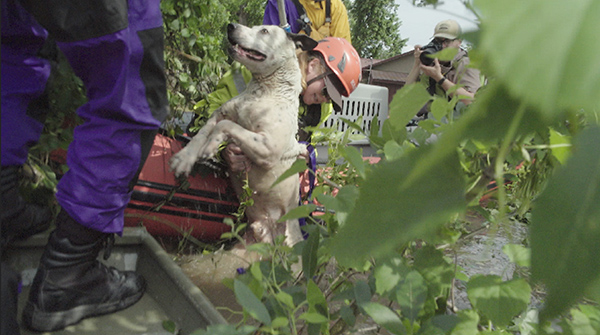
The American Humane Rescue team, first to serve in saving and sheltering animals for more than 100 years, has deployed with a veterinarian, trained swift and floodwater responders, rescue boats, critical medical and sheltering supplies, and one of its giant 50-foot animal rescue vehicles to save animals caught in the deadly Oklahoma floods.
Continue reading …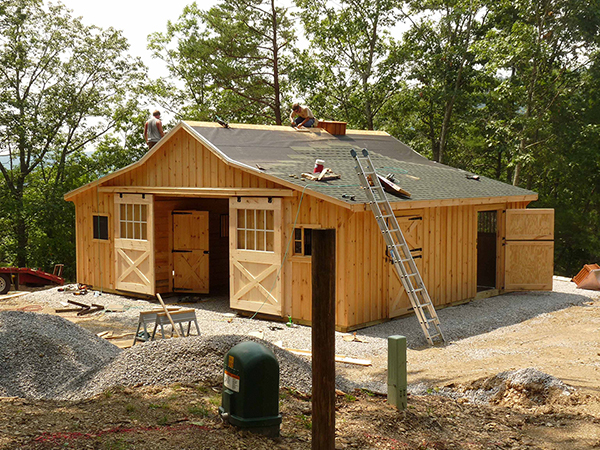
If you try to dodge the permit requirement, you will be not be able to legally sell your property in the future without the town’s consent and issuance of a certificate of compliance. There will likely be expensive penalties involved even if the construction is latently approved, and the town can require that the building be entirely removed.
Continue reading …Understanding Navicular and Heel Pain in Horses
May 25, 2019 Comments Off on Understanding Navicular and Heel Pain in Horses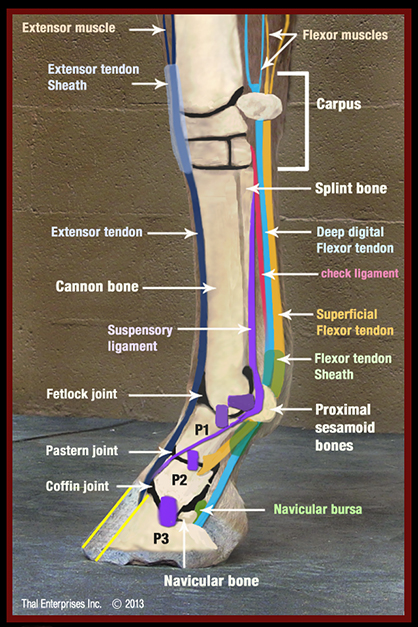
As with most lameness, the lameness from navicular syndrome is most noticeable at the trot, resulting in a head-bob. Affected horses often have a short, choppy trot and canter, and tend to hold their neck and poll rigid. The gradual onset of lameness in both forefeet can mislead riders into thinking that “this is just the way the horse travels.”
Continue reading …Is Your Horse Fat? And Should You Be Concerned?
May 24, 2019 Comments Off on Is Your Horse Fat? And Should You Be Concerned?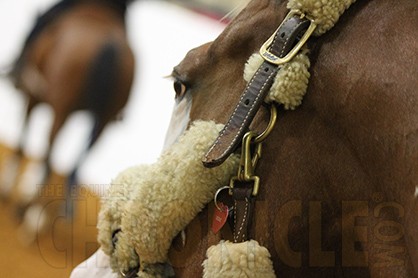
Carrying excess weight places increased stress on the skeletal system of the horse, can limit reproductive performance, adversely affect athletic performance, and may lead to an increased risk of laminitis, osteoarthritis, heat intolerance and certain types of colic.
Continue reading …Colt With Non-Visual Eye Receives Incredible Injection to Restore Vision
May 24, 2019 Comments Off on Colt With Non-Visual Eye Receives Incredible Injection to Restore Vision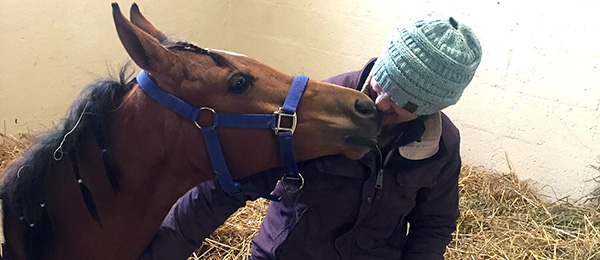
“There’s a bit of an art as to when exactly to do the injection.” If done too soon, the procedure can cause a re-bleed because it takes away the eye’s ability to clot naturally. But waiting too long can cause permanent eye damage.
Continue reading …Hemp Seeds Are Good Source of Protein
May 23, 2019 Comments Off on Hemp Seeds Are Good Source of Protein
Hemp seeds are the most nutritious part of the plant used as food. They contain about 20 percent protein, six percent carbohydrates and about 73 percent healthy fats. They also have significant amounts of calcium, magnesium, manganese, phosphorus, potassium, zinc and vitamins A and E.
Continue reading …No Hoof, No Horse: Laminitis Treatment and Prevention
May 14, 2019 Comments Off on No Hoof, No Horse: Laminitis Treatment and Prevention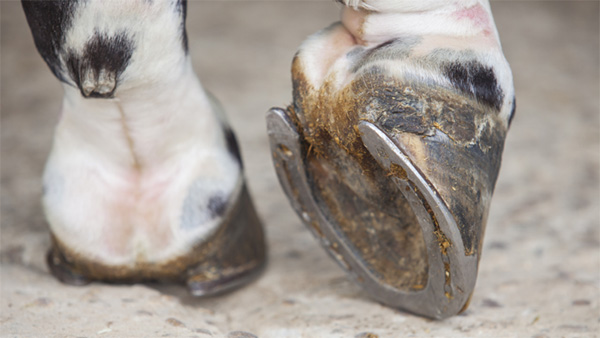
Unless the cause of the inflammation is removed and treatment begins immediately at the first signs of laminitis, the dermal laminae will begin to die. Since they are responsible for significant support in the hoof, which bears the horse’s weight, the coffin bone may begin to sink and rotate due to the inability of the damaged laminae to support both the bone and the pull of the digital flexor tendon.
Continue reading …UC Davis PET Research to Improve Horse Safety and Welfare
May 10, 2019 Comments Off on UC Davis PET Research to Improve Horse Safety and Welfare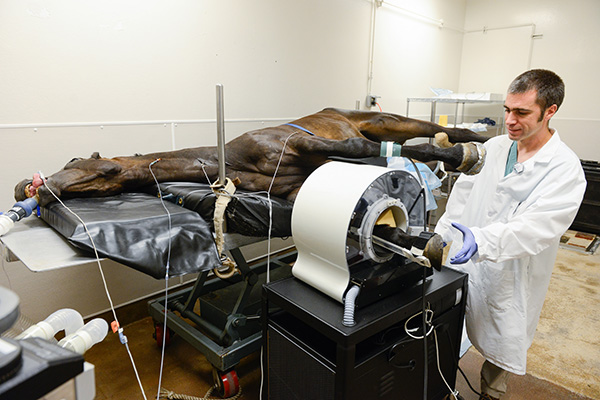
Positron Emission Tomography (PET) uses a small dose of radioactivity to detect changes in bone or soft tissue at the microscopic level. Using a ring of detectors, it acquires data in three dimensions, allowing for precise detection of subtle changes, which can be early signs of compromised structures. PET can also distinguish between active and inactive lesions, which can help pinpoint areas of concern.
Continue reading …You Can’t Always Follow Your Gut with an EMS Equine
May 6, 2019 Comments Off on You Can’t Always Follow Your Gut with an EMS Equine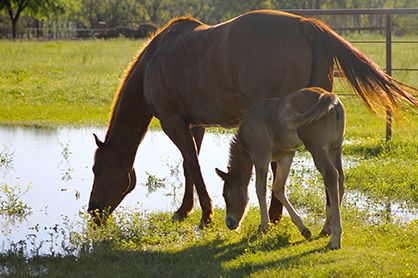
You have to remember that grass is over 70% water, while hay is typically around 10% and a much more concentrated calorie source than pasture. They have to spend that much time eating native pasture to get enough calories.
Continue reading …Do You Know What Your Senior Horse Needs?
May 3, 2019 Comments Off on Do You Know What Your Senior Horse Needs?
Take the Senior Horse Challenge quiz to test your knowledge on issues related to the health and management of senior horses. Then, try out the Click and Reveal Activity and see if you can pick out which horses have Pituitary Pars Intermedia Dysfunction (PPID), a condition that can affect 15-30% of senior horses. Finally, check out the lists of additional resources that feature links to helpful videos and fact sheets on senior horse issues, like nutrition and PPID.
Continue reading …







